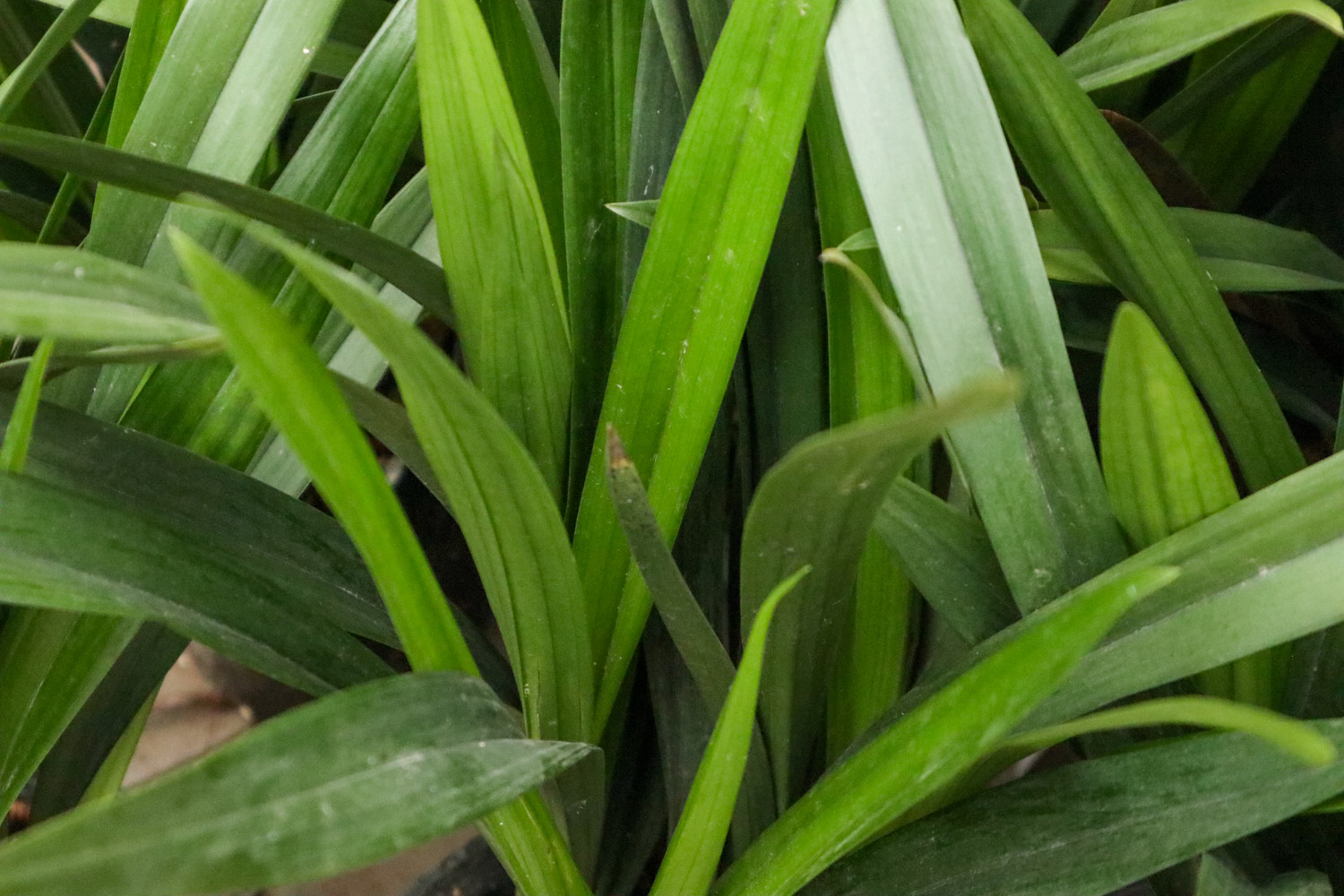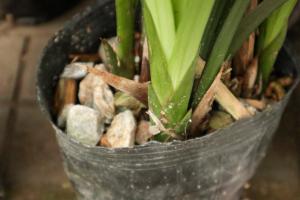1、 Moderate light
The flowering period of Dahui orchid is from January to April, and summer is after the flowering period. Because it is afraid of strong light, the light must be moderate. You can put it in a semi shady place and see the light every morning and evening. You can also use a sunshade to block the light. The light can be increased in autumn and winter, which is conducive to the formation of flower buds

2、 Increased watering
The watering amount of Dahui orchid will gradually increase from spring. Do not be too wet during flowering, so as not to affect the subsequent opening of flowers. After the flowering period, add water in time. Water once a day in summer to keep the soil moist

3、 Post anthesis topdressing
As the flowering of Dahui orchid consumes a lot of nutrients, it should be fertilized in time after flowering. From April to may, the fertilizer shall be applied 1-2 times a month, and the rotten cake fertilizer shall be selected as the fertilizer. In addition, nitrogen fertilizer should be applied before autumn to help it continue to grow

4、 Pruning scape
After the flower withers, the scape will still absorb nutrients, but it will no longer grow. In order to avoid the waste of nutrients and help it recover quickly, the scape needs to be cut off. In addition, you can trim the dead branches and rotten leaves to avoid breeding bacteria after decay

 jackfruit
jackfruit snake plant
snake plant hibiscus
hibiscus hydrangea
hydrangea lavender
lavender Green roses climb al...
Green roses climb al... If you don't pay att...
If you don't pay att... Management of four g...
Management of four g...




























